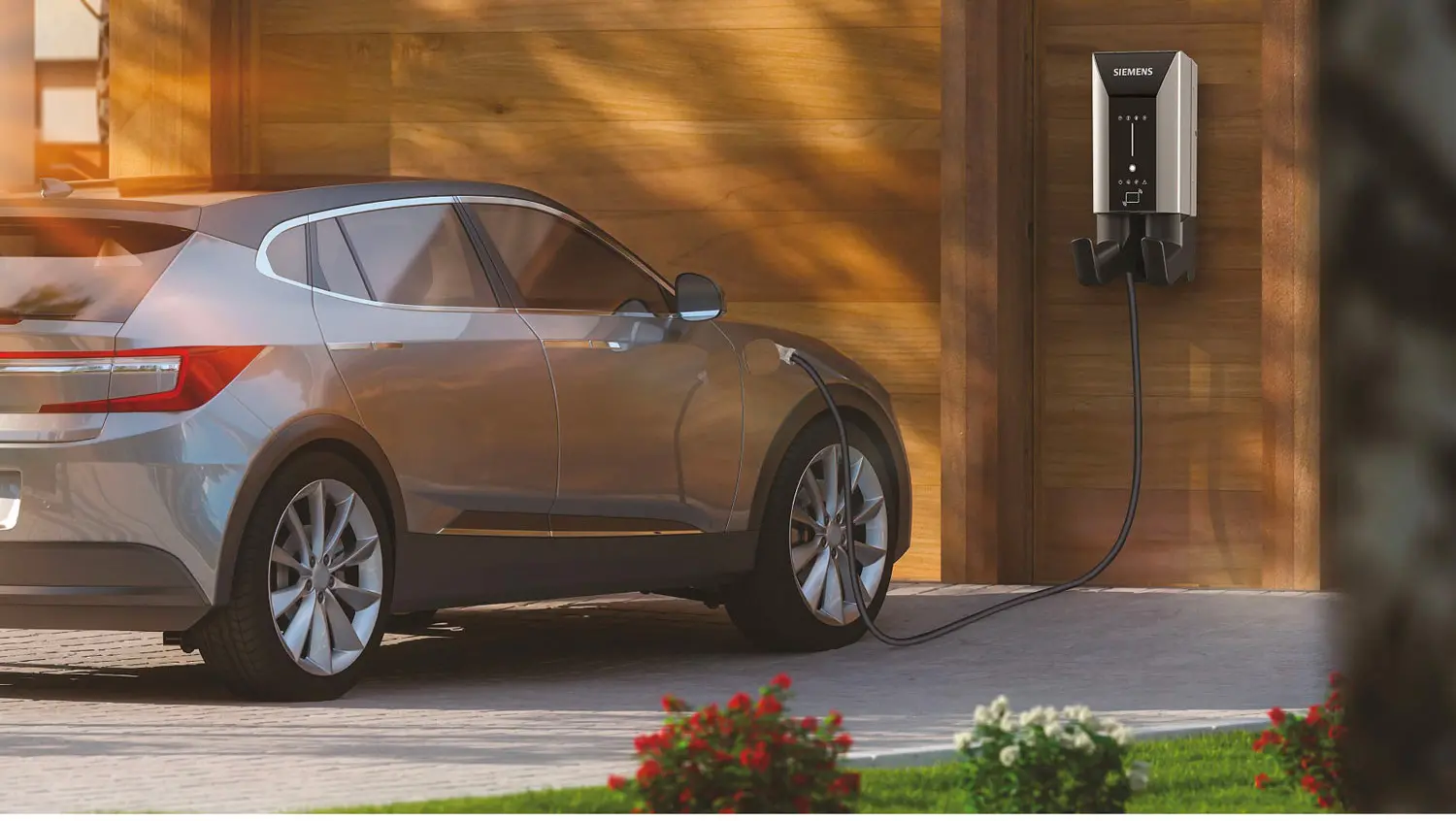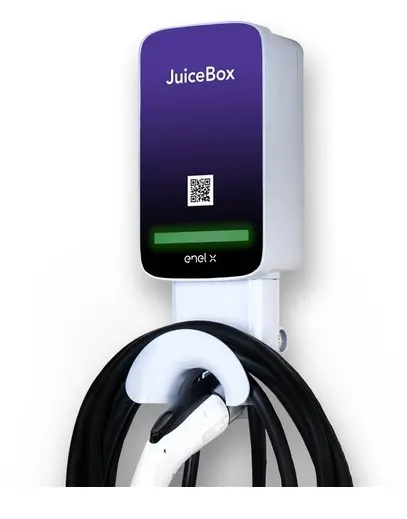
As more people are choosing electric vehicles, EVs, the infrastructure to support these vehicles, particularly the installation of EV chargers at homes, is becoming increasingly vital. A well-established home charging infrastructure ensures that EV owners can conveniently recharge their vehicles, thus making the entire EV experience smooth and efficient.
Importance and benefits of professional installation for EV chargers
If you own an EV or are considering purchasing one for your family, then it’s essential to understand the importance of having a charger installed professionally. While it might be tempting to attempt a DIY installation, it’s not recommended for several reasons. Firstly, the process of installing an EV charger involves more than just connecting a plug to an outlet. It includes assessing your home’s electrical system, setting up a dedicated circuit if necessary, mounting the charger securely, and configuring the charger settings. All these tasks require an understanding of electrical systems, and any errors could lead to safety risks or system malfunctions.
Secondly, a professionally installed EV charger is more likely to perform optimally and have a longer lifespan. This is because professionals ensure the installation meets the technical requirements of the charger and follows the best practices of the industry. They’re also able to foresee potential issues and address them during the installation, which can prevent future problems.
Moreover, professional installers can guide homeowners on the best charger for their specific needs, based on their EV model, driving habits, and home electrical system. They can also assist with the necessary paperwork to apply for any available incentives or rebates, reducing the overall cost of the charger and its installation. In summary, professional installation of EV chargers provides a safer, more efficient, and cost-effective solution for homeowners.

Understanding EV chargers
The operation of EV chargers is more sophisticated than simply delivering electricity. They communicate with the electric vehicle to regulate the power flow, ensuring the charging process is safe and efficient. Depending on their design and capabilities, different chargers offer different charging speeds, levels of convenience, and safety features. (Learn more about factors that affect charging times in this article on the blog.)
Brief overview of what EV chargers are
EV chargers, also known as charging stations or Electric Vehicle Supply Equipment (EVSE), play a pivotal role in the functioning of electric vehicles. They serve as the interface between the electrical source and the EV, providing the necessary electrical energy needed to recharge the vehicle’s battery.
Different types of EV chargers: level 1, Level 2, and DC fast charging
There are three main types of EV chargers that differ primarily in their charging speed and installation requirements:

Level 1 Chargers: These are the most basic type of chargers, providing a charging speed that adds about 2-5 miles of range per hour of charging. They plug into a standard 120V household outlet, making them convenient for home use. However, their relatively slow charging speed makes them more suitable for plug-in hybrid electric vehicles (PHEVs) or for overnight charging of battery electric vehicles (BEVs).
Level 2 Chargers: Offering a significantly higher charging speed than Level 1, Level 2 chargers can deliver 10-60 miles of range per hour of charging. They require a dedicated 240V circuit (similar to what large appliances like ovens and air conditioners use). This makes their installation more complex, but their faster charging speed makes them a popular choice for home charging.
DC Fast Chargers: These chargers offer the fastest charging speed, adding 60-100 miles of range in just 20 minutes of charging. However, they require a high-power DC supply and professional installation. Due to their high cost and power requirements, DC Fast Chargers are primarily used in commercial or public settings, such as EV charging stations along highways.
Where these chargers are typically installed (home, office, public spaces)
While you’ll find EV chargers in public spaces like shopping centres, office parks, and dedicated charging stations, the most convenient place for many EV owners to charge their vehicles is at home. Home charging offers multiple benefits. It allows EV owners to take advantage of off-peak electricity rates, it eliminates the need to wait in line at public charging stations, and it ensures the EV is always ready for use. Most EV owners do the bulk of their charging at home overnight, much like how we charge our mobile phones.
However, installing a home EV charger requires careful planning and professional help. The charger type (Level 1, Level 2, or DC Fast Charging), the capacity of the home’s electrical system, and the location of the charger are all critical factors to consider. For these reasons, it’s best to seek the services of a professional installer who can provide expert advice and ensure a safe and effective installation.
Explanation of the complexity of EV charger installation
Installing an EV charger at home is not a simple plug-and-play process. It involves several complex steps including assessment of the power supply, electrical wiring, circuit breaker upgrades, and mounting of the charging station.
Safety concerns associated with self-installation
Self-installation presents numerous safety risks, including electrocution or fire hazards. Moreover, incorrect installation can damage the charger or the electrical system of your home.
Importance of proper installation for charger performance and longevity
Proper installation by a professional ensures not only the safe functioning of the charger but also its longevity, maximizing the efficiency and lifespan of the equipment.
Choosing the right installation professional
It’s crucial to select a professional who is reliable, knowledgeable, and experienced in EV charger installations. Ensure your professional has the necessary certifications or credentials, such as being a licensed electrician with training in EV.
The professional installation process

The installation process begins with an assessment of the installation site, considering factors such as power supply, proximity to the vehicle parking area, and safety considerations. Here are some of the considerations that will go into the process of installing an EV charger.
Necessary permits and paperwork
Professionals are aware of the necessary permits and regulations required for charger installation. They will ensure compliance with local building codes and regulations.
The installation process: Wiring, mounting the charger, connecting to power
The installer will handle all the wiring, mount the charger, and connect it to your home’s power supply, adhering to the highest safety standards.
Post-installation checks and testing
After the installation, a professional will perform checks and tests to ensure the charger operates properly and safely.

As electric vehicles revolutionize the transport sector, the relevance and value of home-based EV chargers have become indisputable. But understanding the nuances of these devices and installing them properly is a complex process that warrants professional expertise. From deciphering the distinctions between Level 1, Level 2, and DC Fast chargers to choosing an experienced installer, every step holds significance. A proper, professional installation doesn’t just ensure a safe and efficient charging experience; it also extends the longevity of your charger. And remember, finding the perfect EV charger for your needs is key to optimizing this transformative technology. As we navigate the path towards a more sustainable future, let’s embrace the responsible and savvy use of EV chargers and make the most of our electric vehicle journeys.
This article was drafted using AI technology and then reviewed, fact-checked, and revised by a member of our editorial team.




